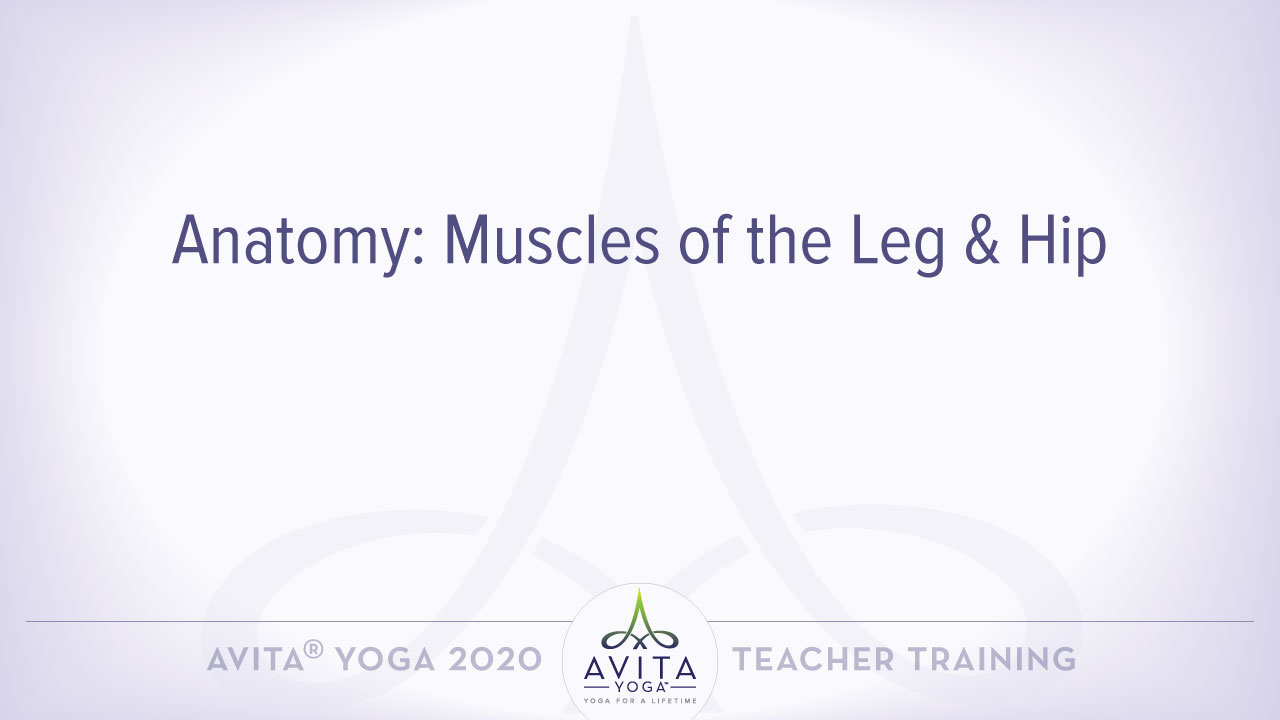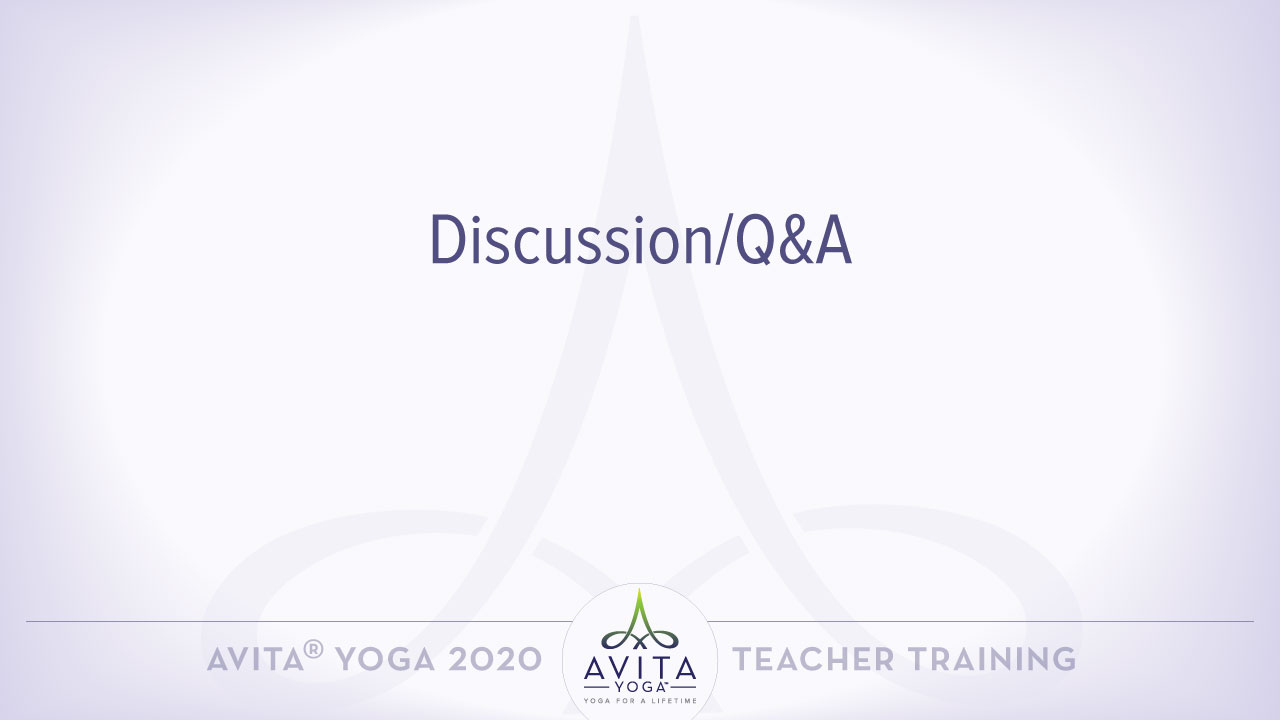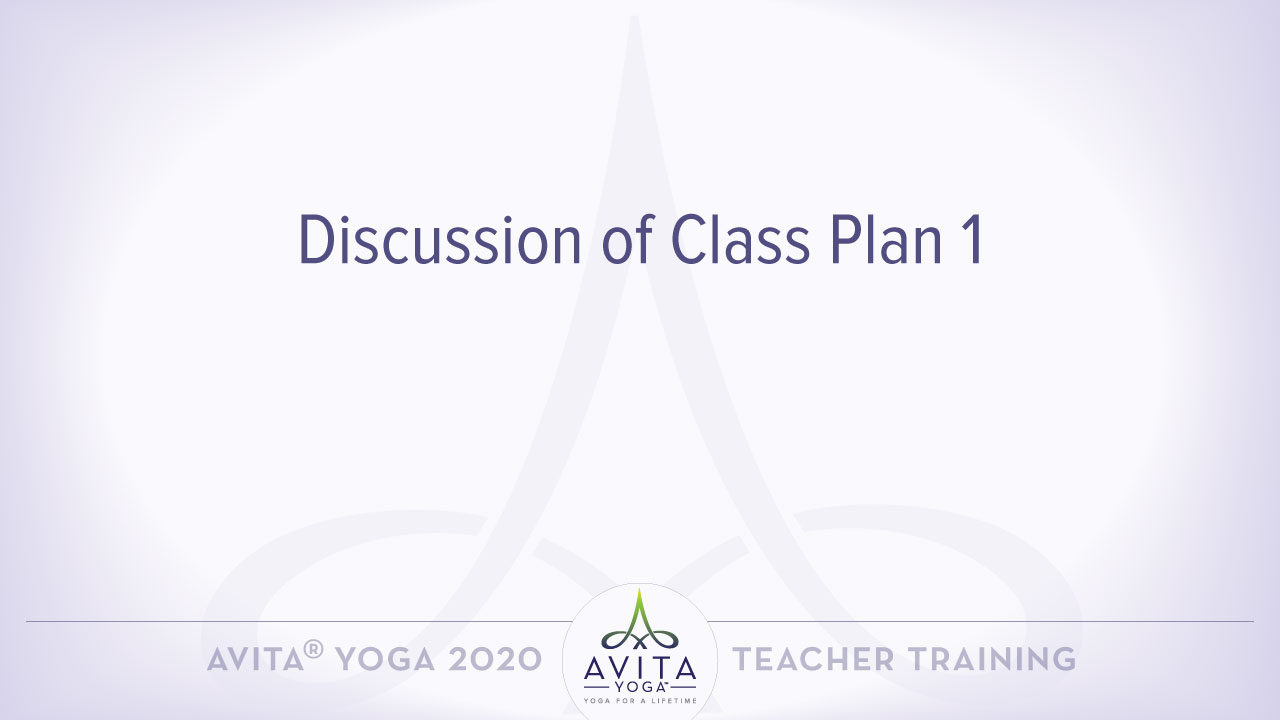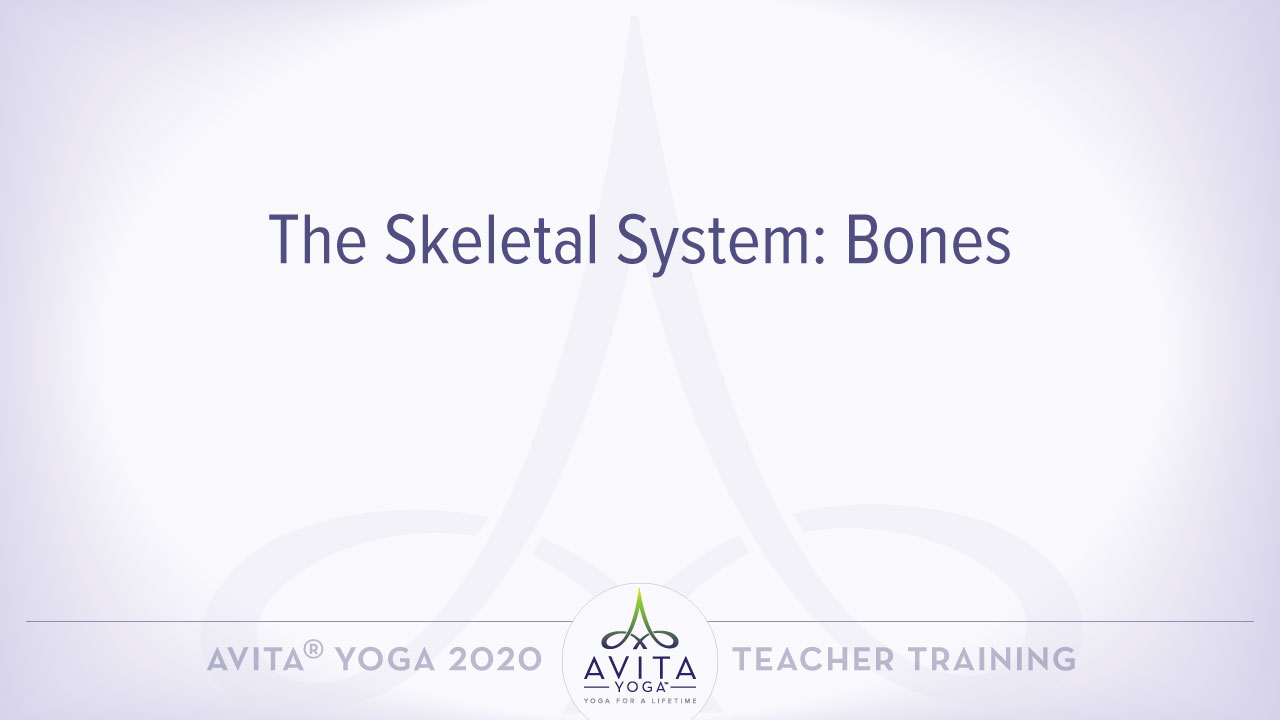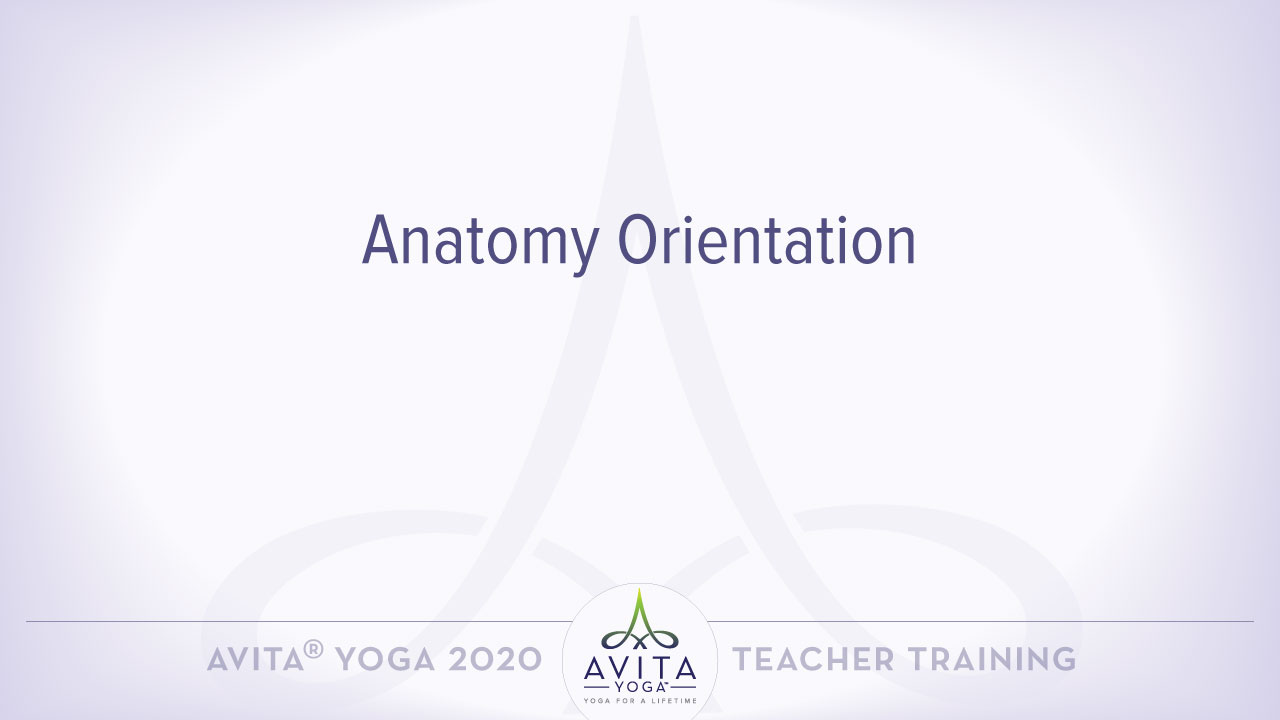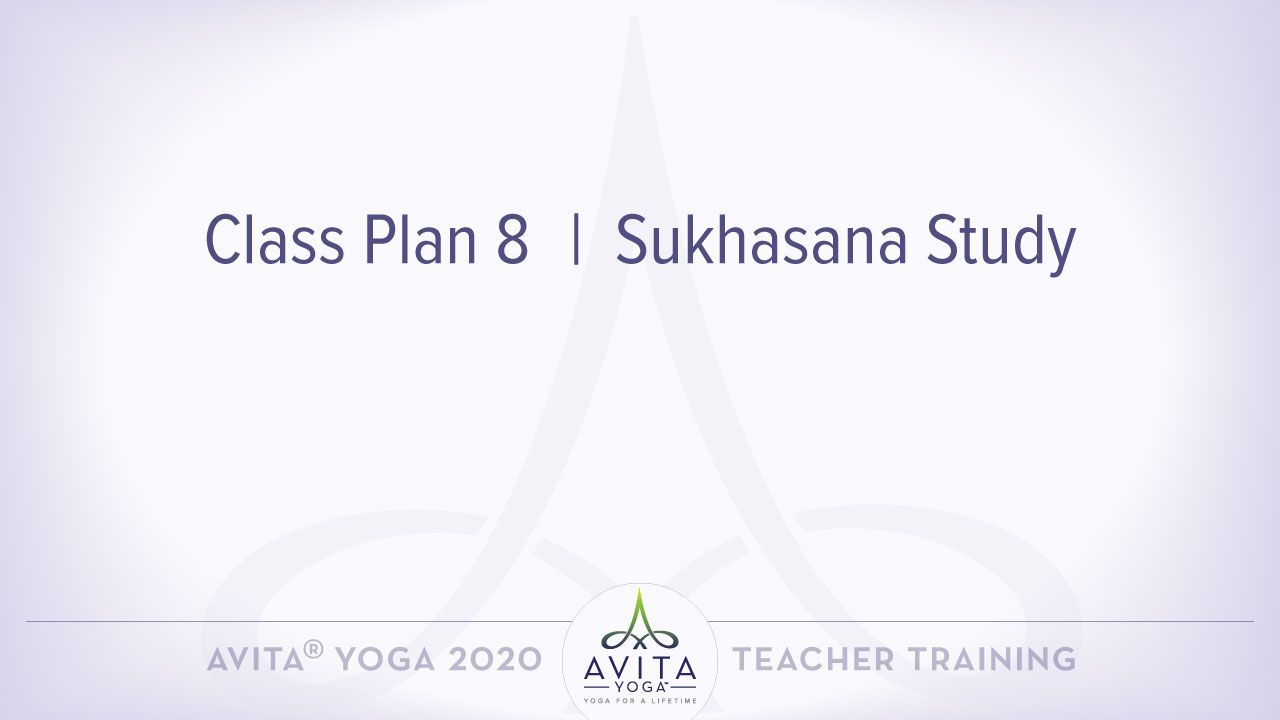Descriptive text … add your links/upload here etc.
Descriptive text … add your links/upload here etc.
Descriptive text … add your links/upload here etc.
Descriptive text … add your links/upload here etc.
Practice the first 10 classes (above) before our first day. Keep a journal of your questions, observations and bring them to Session 1.
Christina Siepiela | Mary Jo Bailey |
Christopher Sunyata | Judian Watt |
Donna McGowan | Mark Wheat |
Lynn Weedmark | Nicole Olalla |
Linda Yameen | Kim Tatman |
Katherine Shoulders | Jo Satie |
Julia Frieburger | Lynn Perry |
Emilia Ripoll | Ingrid DiPaula |
Andrew Garrison | Lisa Cutchon |
1. To appreciate poetry, we learn to read between the lines. The poet’s words are symbols that point to a bigger idea or concept, the same way an artistic painter wants us to see something “beyond” the painting. Read Siddhartha like poetry. Much is conveyed in few words. Study the well-written introduction for clues into the author’s thinking and motivation.
2. Consider the inner work Hermann Hesse did in his life (per the introduction). What do you think he is hoping to convey to the reader?
3. Herman Hesse heard two voices in his mind. Which did he listen to?
4. What makes this a timeless classic?
5. As a teen, Siddhartha had everything but unhappy. Why?
6. On page 7, he reflects on the wisdom of the scripture, but it doesn’t for him. Why? Is it working for his elders? Does more knowledge = peace? His goal?
7. Siddhartha and Govinda each have a unique approach to life. What is their one fundamental difference as it relates to this story?
8. Could Siddhartha have taken a more kind and thoughtful approach to leave his parents?
9. On page 15, he has one goal. What are your thoughts on it? Is it one you would share? Have you ever considered living an ascetic life? Maybe you have experimented with living with less. Did it work?
1. To appreciate poetry, we learn to read between the lines. The poet’s words are symbols that point to a bigger idea or concept, the same way an artistic painter wants us to see something “beyond” the painting. Read Siddhartha like poetry. Much is conveyed in few words. Study the well-written introduction for clues into the author’s thinking and motivation.
2. Consider the inner work Hermann Hesse did in his life (per the introduction). What do you think he is hoping to convey to the reader?
3. Herman Hesse heard two voices in his mind. Which did he listen to?
4. What makes this a timeless classic?
5. As a teen, Siddhartha had everything but unhappy. Why?
6. On page 7, he reflects on the wisdom of the scripture, but it doesn’t for him. Why? Is it working for his elders? Does more knowledge = peace? His goal?
7. Siddhartha and Govinda each have a unique approach to life. What is their one fundamental difference as it relates to this story?
8. Could Siddhartha have taken a more kind and thoughtful approach to leave his parents?
9. On page 15, he has one goal. What are your thoughts on it? Is it one you would share? Have you ever considered living an ascetic life? Maybe you have experimented with living with less. Did it work?
Christina Siepiela | |
Christopher Sunyata | |
Donna McGowan | |
Lynn Weedmark | |
Linda Yameen | |
Katherine Shoulders | |
Julia Frieburger | |
Emilia Ripoll | |
Judian Watt | |
Mary Jo Bailey | |
Andrew Garrison | |
Lynn Perry | |
AUDITORS | |
Nicole Olalla | |
Mark Wheat | |
Lisa Cutchon | |
Kim Tatman | |
Jo Satie | |
Ingrid DiPaula |
1. To appreciate poetry, we learn to read between the lines. The poet’s words are symbols that point to a bigger idea or concept, the same way an artistic painter wants us to see something “beyond” the painting. Read Siddhartha like poetry. Much is conveyed in few words. Study the well-written introduction for clues into the author’s thinking and motivation.
2. Consider the inner work Hermann Hesse did in his life (per the introduction). What do you think he is hoping to convey to the reader?
3. Herman Hesse heard two voices in his mind. Which did he listen to?
4. What makes this a timeless classic?
5. As a teen, Siddhartha had everything but unhappy. Why?
6. On page 7, he reflects on the wisdom of the scripture, but it doesn’t for him. Why? Is it working for his elders? Does more knowledge = peace? His goal?
7. Siddhartha and Govinda each have a unique approach to life. What is their one fundamental difference as it relates to this story?
8. Could Siddhartha have taken a more kind and thoughtful approach to leave his parents?
9. On page 15, he has one goal. What are your thoughts on it? Is it one you would share? Have you ever considered living an ascetic life? Maybe you have experimented with living with less. Did it work?
1. To appreciate poetry, we learn to read between the lines. The poet’s words are symbols that point to a bigger idea or concept, the same way an artistic painter wants us to see something “beyond” the painting. Read Siddhartha like poetry. Much is conveyed in few words. Study the well-written introduction for clues into the author’s thinking and motivation.
2. Consider the inner work Hermann Hesse did in his life (per the introduction). What do you think he is hoping to convey to the reader?
3. Herman Hesse heard two voices in his mind. Which did he listen to?
4. What makes this a timeless classic?
5. As a teen, Siddhartha had everything but unhappy. Why?
6. On page 7, he reflects on the wisdom of the scripture, but it doesn’t for him. Why? Is it working for his elders? Does more knowledge = peace? His goal?
7. Siddhartha and Govinda each have a unique approach to life. What is their one fundamental difference as it relates to this story?
8. Could Siddhartha have taken a more kind and thoughtful approach to leave his parents?
9. On page 15, he has one goal. What are your thoughts on it? Is it one you would share? Have you ever considered living an ascetic life? Maybe you have experimented with living with less. Did it work?
Lorem ipsum dolor sit amet, consectetur adipiscing elit. Ut elit tellus, luctus nec ullamcorper mattis, pulvinar dapibus leo.
Lorem ipsum dolor sit amet, consectetur adipiscing elit. Ut elit tellus, luctus nec ullamcorper mattis, pulvinar dapibus leo.
Lorem ipsum dolor sit amet, consectetur adipiscing elit. Ut elit tellus, luctus nec ullamcorper mattis, pulvinar dapibus leo.
Lorem ipsum dolor sit amet, consectetur adipiscing elit. Ut elit tellus, luctus nec ullamcorper mattis, pulvinar dapibus leo.
